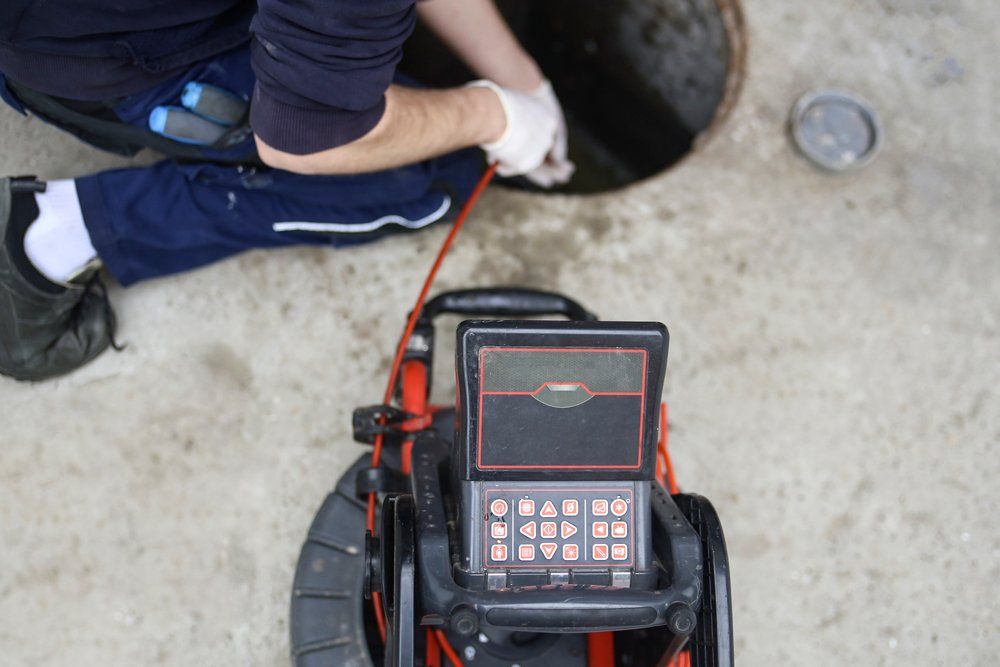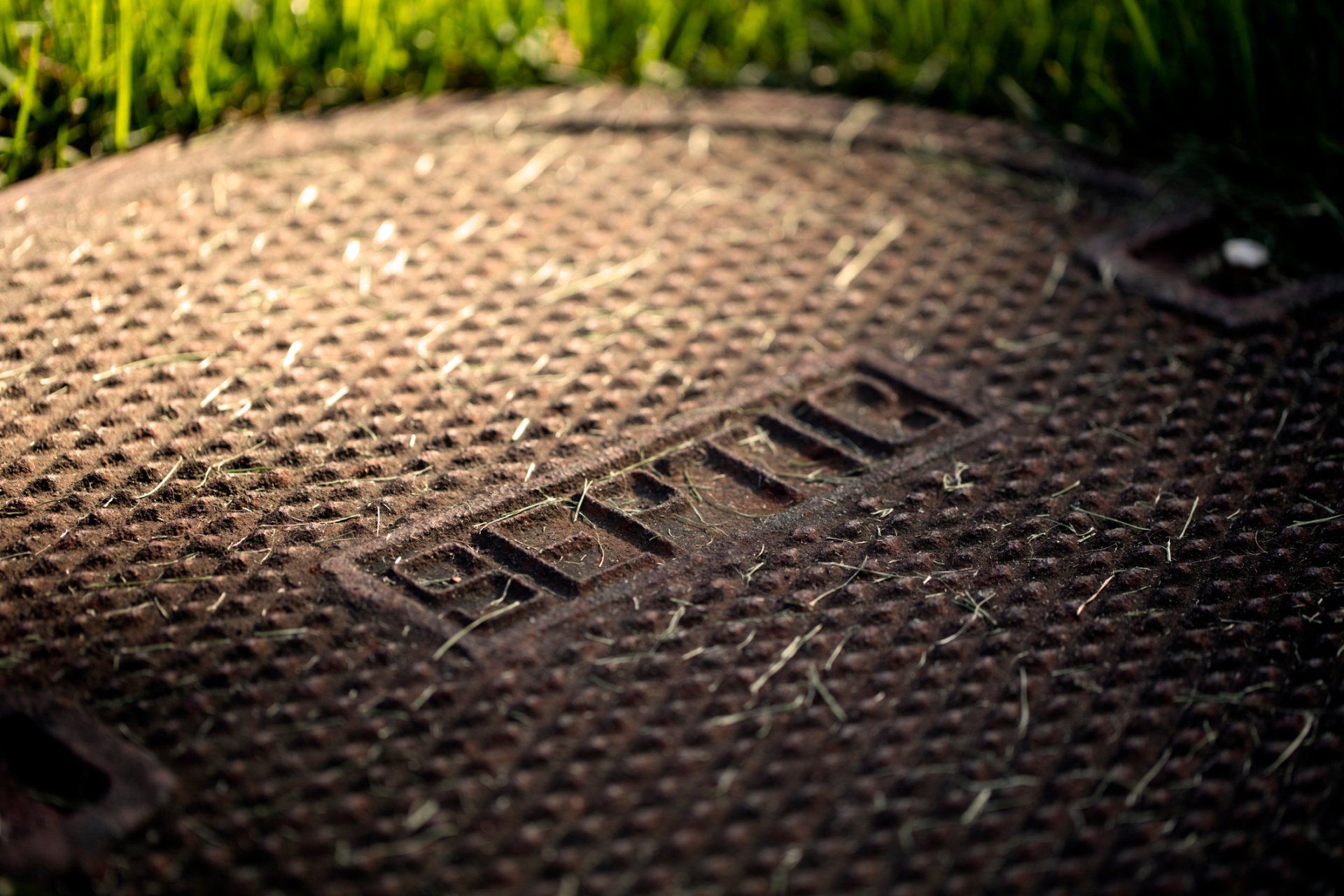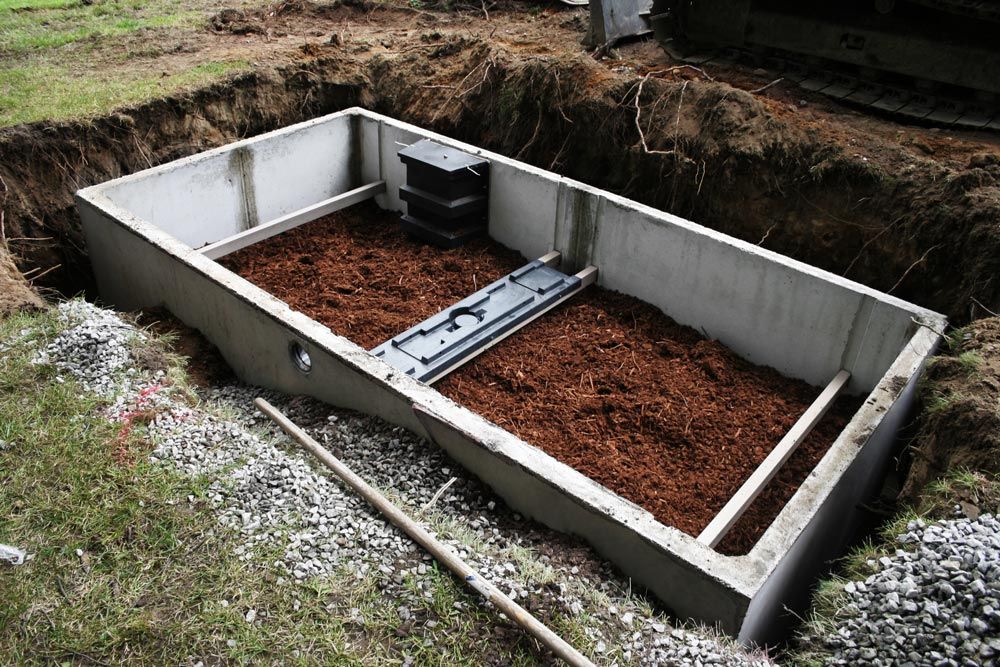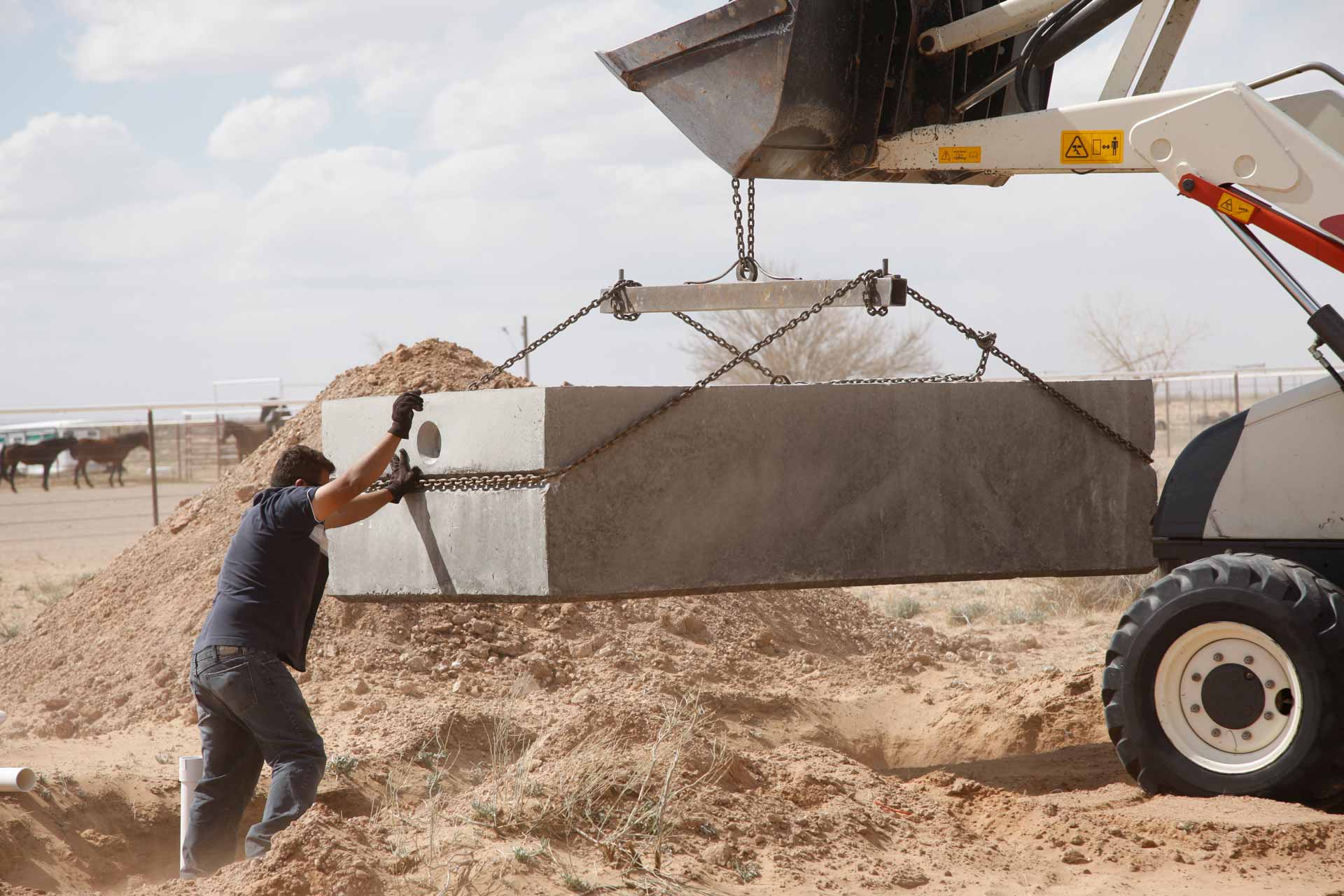While a septic system may seem bulletproof, the reality is that neglect can do significant damage up to and including causing a permanent shutdown. Your home's septic system can provide many years of faithful service if treated well, but it can also be quickly destroyed by careless acts. One particularly vulnerable part of your septic system is the drain field. Below is more information about this critical component as well as several important practices that will keep your drain field intact.
A septic drain field is the area where effluents, which are liquid waste products inside the system, are distributed into the soil, after which the liquids percolate through surrounding soils. This percolating process strips the effluent of harmful microorganisms and leaves relatively clean water behind as a result.
Design-wise, drain fields consist of multiple parallel pipes that empty into a special substrate buried several feet beneath the surface. If anything should disrupt this draining process, then the entire septic system will grind to a halt. That is why being diligent to protect the septic drain field is of such great importance.
Since drain fields are so important to the overall health of a septic system, you must take a proactive stance to guard them from destruction. Some of the actions below can help you meet this objective.
Keep out contaminants that clog
Drain fields depend on consistent, uninterrupted flow of effluent into the surrounding soil, and any contaminant in the effluent that causes clogs is serious. To prevent this from occurring, never dump grease, oil, or other scum-forming substances into the septic system.
In addition, avoid dumping gray water into your septic system, if possible, as soaps and dissolved lipids found in dish and laundry wastewater can ultimately contribute to the problem. Instead, route gray water toward a dedicated sump pump for disposal.
Protect the drain field’s physical components
Drain-field components are usually only a few feet beneath ground level, and this can make them vulnerable to objects that might cause disruption. For example, heavy vehicles, parked cars, and traffic are all causes of potential damage to drain-field infrastructure.
Other possible destructive elements include storage sheds or paving installed too close to the drain field; anything that places long-term weight loads upon drain fields is to be avoided. That is why you should guard this space from anything at ground level that may cause pipes to shift or break.
Maintain biological activity
As with any part of your septic system, healthy biological activity within the drain field is necessary to maintain the process. Interrupting this activity by killing helpful microorganisms can permit an imbalance to occur, and that may result in a shutdown of filtering and cleansing of effluent.
That is why it is necessary to avoid permitting bactericidal agents to gain direct access to the effluent or trickle down through the soil. Such agents can include detergents, pesticides, insecticides, fertilizers, and other harmful substances. In some instances, even medicines consumed by persons in the household can be passed into the septic system and exert a strong antibacterial influence on the "good" microbes.
Perform appropriate "upstream" maintenance on a regular basis
As you have seen, drain-field problems are often a side-effect of "upstream" neglect. However, even when harmful substances are not introduced into the effluent, the normal processes within a septic system can cause an eventual shutdown of drain fields. The good news is that drain fields can be kept viable for many years if proper maintenance is conducted on a system. One of these maintenance activities include the periodic cleaning and replacement of effluent filters; these simple components are effective at capturing debris in the effluent stream, but if they aren't kept clear, problems can develop at both the tank end and with drain fields.
Another vital maintenance task is the
pumping
of accumulated sludge at the bottom of the tank. Tanks should be pumped on a regular basis, which may be as often as once per year, to prevent this sludge from exiting the tank and entering the drain-field lines.










